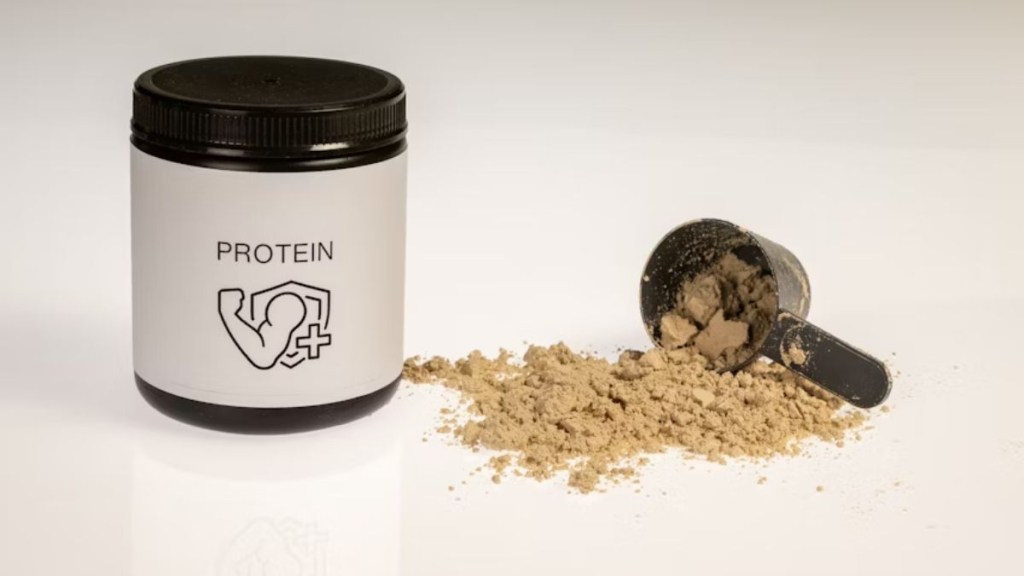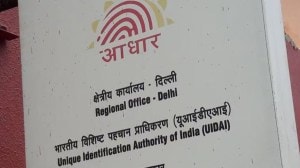In today’s fast-paced world, the market is full of options. From protein powders to snack bars, market is full of products that ‘claims’ to be healthy, but many of them may not be as safe or effective as they seem. The growing influence of social media and fitness influencers has made it harder for people to tell what’s actually good for their health.
In an exclusive interaction with The Financial Express, Luke Coutinho, Integrative and Lifestyle Medicine Coach, Co-founder – You Care Lifestyle, shares that a lot of products that look healthy on the outside are actually full of harmful ingredients. “Flashy words like ‘natural,’ ‘doctor-formulated,’ or ‘high-protein’ often hide what’s really inside,” he said. Hence, that’s why consumer education is important, he says. People need to read labels and look beyond marketing.
So, what are the red flags or signs one needs to watch out for? Luke shares 5 red flags you must watch out for before buying any protein powders, supplements and healthy packaged foods.
Here are 5 red flags to watch out for
1. Fake protein boosts (Amino Spiking)
Some protein powders appear to have more protein than they actually do. This trick is called amino spiking, where brands add cheap amino acids like taurine or glycine to fool lab tests.
“If a protein powder says ‘amino blend’ but doesn’t list each amino acid clearly, that’s a red flag,” says Luke. “Look for brands that share a full breakdown and are tested in independent labs.”
2. Fillers and artificial additives
Ingredients like maltodextrin, silicon dioxide, and artificial colours are added to make products taste better or last longer. But they can harm your liver, irritate your gut, and cause long-term inflammation.
“If the ingredient list is long and hard to understand, it’s likely unhealthy,” he explains. “Stick to products with ingredients you’d find in your own kitchen.”
3. Misleading ‘proprietary blends’
Some labels use the term “proprietary blend” to hide the fact that they’re using very small amounts of key ingredients like curcumin or ashwagandha, too little to make a real difference.
“It’s a common trick to make products look powerful,” Luke warns. “Always check if the label shows exact amounts.”
4. Artificial sweeteners
Many “healthy” snacks and drinks are sugar-free, but they include artificial sweeteners like sucralose, aspartame, or acesulfame potassium, which can upset your gut and blood sugar levels.
“These sugar substitutes can cause bloating or headaches, too,” he says. “If you want a sweetener, go for natural options like stevia or monk fruit, but in moderation.”
5. No independent testing
Many brands don’t test their products for heavy metals, toxins, or label accuracy, and they don’t have to reveal this by law.
“That’s why third-party testing matters,” says Luke. “Platforms like the Pink Tiger Stamp test products independently and tell you if they’re safe.”
These checks can find:
- High levels of heavy metals
- Hidden additives or sweeteners
- Mismatch between the label and the actual contents
What should you do?
Luke says people can still use supplements and healthy foods, but only if they are clean, well-tested, and transparent about what they contain.
“Don’t fall for trends or viral reels,” he advises. “Ask questions, read every label, and don’t buy products that hide what’s inside.”
In the end, your health depends not only on what you eat, but also on what you avoid.








